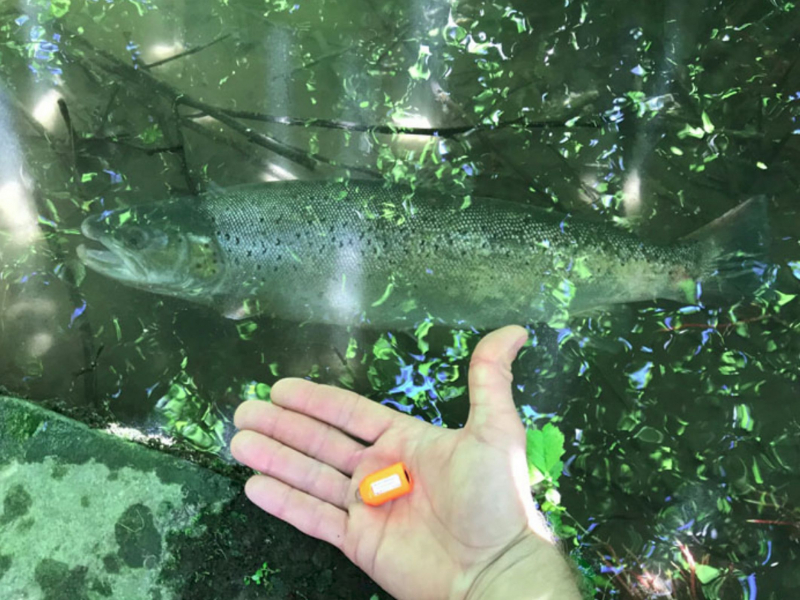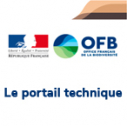New insights into the marine ecology of Atlantic salmon and sea trout
The SAlmonid MAnagement Round the CHannel (SAMARCH) project ended on March 14 and 15, 2023 in Southampton (UK). This Franco-English project was designed to acquire new information in estuaries and coastal waters to improve the protection of our threatened wild salmon and sea trout.
The project was 69% funded by the Interreg France England Channel program. It is the fruit of collaboration between scientists and people involved in the protection and management of migratory salmonids from 10 organizations, including the French Biodiversity Agency, united around the lead partner, the Game and Wildlife Conservation Trust (GWCT).[1]
Atlantic salmon and sea trout, born and bred in our rivers, spend part of their growth at sea, hundreds or thousands of kilometers from their native rivers. These species are threatened and protected in France and England. The causes of their decline are multiple, poorly understood, and the result of a combination of factors, such as climate change and the impact of human activities in fresh waters, estuaries and at sea.
The SAMARCH project has gathered new knowledge on the ecology of salmon and sea trout in the estuaries of five rivers (including the Scorff, Oir and Bresle in France) and in the coastal waters of the Channel. It has proposed ways of transferring this knowledge to managers in order to improve assessment and management tools.
Key figures for the SAMARCH project
- 900 juvenile salmon and sea trout tagged and monitored in the lower reaches and estuary of 4 rivers.
- 314 adult sea trout tagged and tracked in estuaries, including 84 to the sea.
- 9,500 juvenile salmon and sea trout were sexed using molecular genetics.
- 16,000 scales have been analyzed to determine the evolution of fish age and growth at sea since 1971.
- 17 scientific articles published to date.
- Over 200 students trained, including 2 PhD students.
Key results of the SAMARCH project
All results will be available on the project website. These include:
- Unprecedented knowledge of sea trout migration routes in the Channel and North Sea;
- Evidence of recent changes in growth at sea common to salmon in all the rivers studied;
- Improved knowledge that will enable national and international models for assessing the conservation status of salmon to be changed;
- The creation of a genetic database enabling us to distinguish more precisely the natal origin of sea trout.
Areas most frequented (in yellow) by sea trout tracked from the Bresle, Tamar and Frome rivers, revealed during the SAMARCH project:
Prior to the SAMARCH project, little was known about the marine residence of sea trout. That's why agents from GWCT, INRAE and OFB decided to tag 125 adult sea trout returning to sea after breeding in the Bresle (in coordination with what had been done on the Tamar and Frome rivers in England). This was made possible by the existence of our amphihaline migrant trapping facilities, and by advances in recorder tags. Sea trout, thus equipped with their "snitch", recorded the parameters (temperature and pressure) of their journey at sea. Innovative analyses carried out by our GWCT colleagues have made it possible to reconstruct their journey at sea. They reveal that trout from the Bresle Sea travel several hundred kilometers to the North Sea before returning in larger size to spawn on the Bresle.
[1] SAMARCH program partners: United Kingdom - Game & Wildlife Conservation Trust, University of Exeter, Environment Agency, WildFish Conservation (Formally Salmon & Trout Conservation), Bournemouth University. France - INRAE, Insitut Agro Rennes Angers, French Biodiversity Agency, Seine-Normandie Migrateurs, Bretagne Grands Migrateurs.




